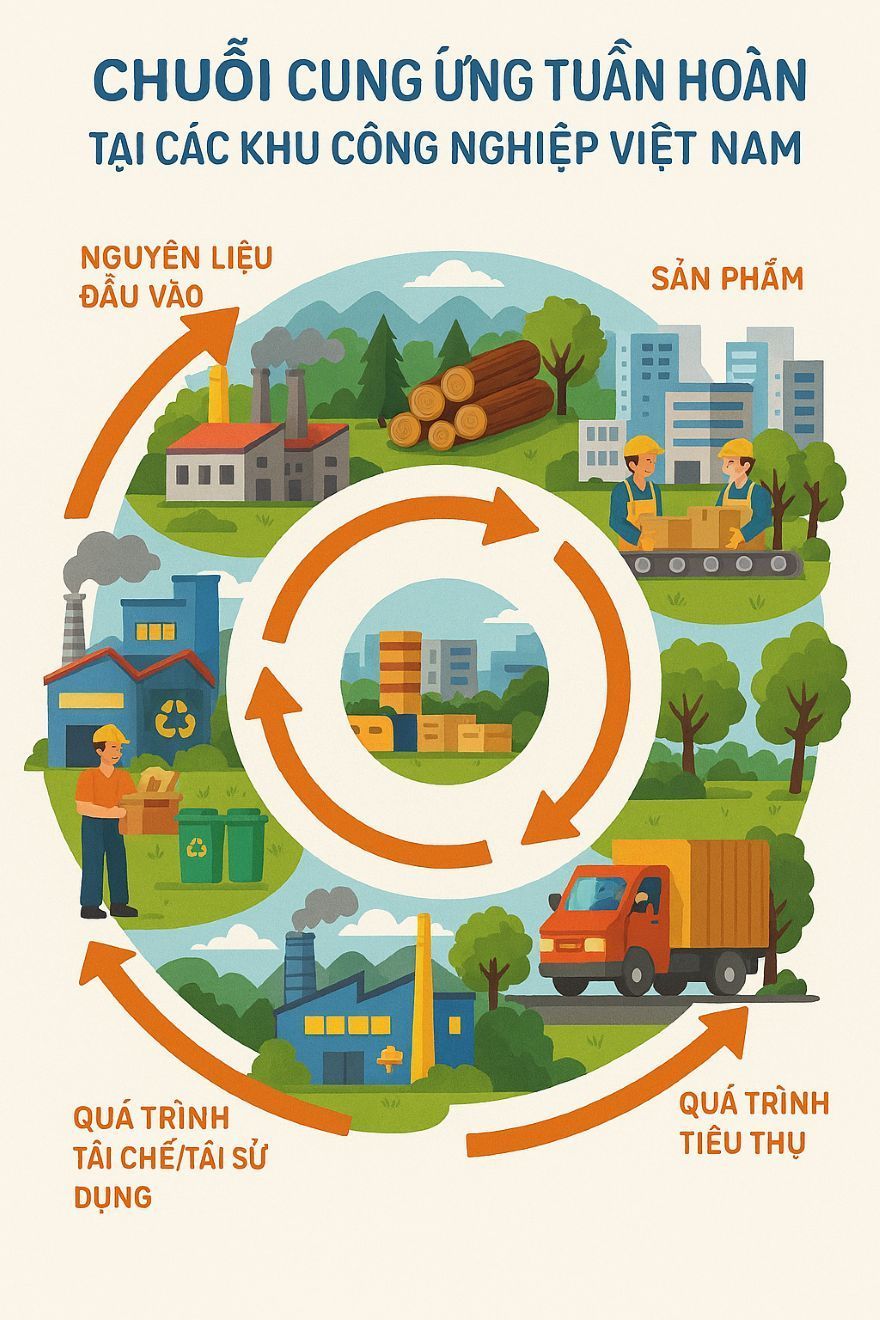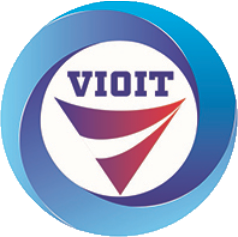
Assessing the implementation level of the circular economy model in industrial parks of Vietnam
11:36 - 19/09/2025
Le Thuy Duong, Diplomatic Academy of Vietnam
Assoc. Prof. Dr. Nguyen Anh Tuan, Diplomatic Academy of Vietnam
Abstract
In the context of Vietnam’s rapid industrial growth and mounting environmental challenges, the circular economy (CE) has become an essential approach to balance economic development with sustainability. Industrial parks (IPs), as the backbone of industrial production, offer a critical entry point for CE practices that can improve resource efficiency, reduce costs, and enhance competitiveness. This study evaluates the extent of CE adoption in 30 Vietnamese IPs through the ReSOLVE framework (Regenerate, Share, Optimize, Loop, Virtualize, Exchange), combining survey data with qualitative insights. The findings highlight stronger progress in Regenerate and Share, identify gaps in the remaining areas, and propose policy measures to accelerate the transition toward circular industrial development.
Keywords: circular economy, industrial parks, ReSOLVE, Vietnam
1. Introduction
Over the past few decades, the circular economy has moved from an abstract idea into a mainstream development lens for re-designing how we produce and consume. Early work highlighted the need to close material loops and to view waste as a resource rather than an inevitable by-product of growth (Pearce and Turner, 1990). Later, influential institutions reframed CE as a regenerative industrial system: one that deliberately designs out waste and pollution, extends product lifecycles, and substitutes finite inputs with renewable ones. This shift is not simply about end-of-pipe treatment; it asks us to build business models and infrastructures that mimic nature’s cycles, channeling materials back into productive use (Ellen MacArthur Foundation, 2013).
Vietnam has embedded this thinking into law and strategy. The 2020 Law on Environmental Protection formally defines CE and encourages its integration across design, production, consumption, and services. Subsequent decisions on green growth, a national CE scheme, and a national action plan through 2035, signal a progressively clearer policy pathway. The direction of travel is evident: move beyond pilot projects and begin measuring, incentivizing, and mainstreaming circular practices, particularly where they can change outcomes at scale.
Industrial parks offer a promising setting for this transition. They combine concentrated demand for utilities with centralized management, shared infrastructure, and proximity among tenants – conditions that make resource sharing, by-product exchanges, wastewater reuse, and joint energy solutions feasible. Among the different zone typologies, eco-industrial parks (EIPs) are the most natural hosts for circular strategies. Other park models can also move toward circularity, yet those focused primarily on logistics or export processing often lack the monitoring, shared infrastructure, and environmental oversight needed to implement CE in a meaningful way.
To systematize what “circular” looks like in practice, we draw on the ReSOLVE framework (Figure 1.1). Developed by the McKinsey Center for Business and Environment in collaboration with the Ellen MacArthur Foundation, ReSOLVE groups CE strategies into six action areas. In brief, Regenerate centers on renewable energy and restored natural systems; Share focuses on shared assets and extended product life; Optimize improves system performance through efficiency and process innovations; Loop closes material cycles via remanufacturing and recycling; Virtualize shifts activities into digital channels; and Exchange promotes new materials and technologies that displace resource-intensive options. Using ReSOLVE as an evaluation lens makes it easier to compare parks, track progress, and identify gaps that policy and investment can address.





